When it comes to bold, spicy, and downright addictive condiments, nothing beats salsa macha. This rich, chili-infused oil with crunchy bits of garlic, seeds, and nuts elevates everything from tacos to tostadas. Whether you’re a salsa enthusiast or someone new to Mexican flavors, this recipe promises to take your taste buds on an unforgettable journey.
This guide walks you through the origins of salsa macha, essential ingredients, preparation steps, and pro tips to make it your own. Along the way, you’ll learn how to avoid common mistakes and discover creative ways to use salsa macha in your everyday meals. So, let’s dive into the world of smoky chilies, aromatic oils, and crunchy textures!
Part 1: Introduction to Salsa Macha Recipe
What is Salsa Macha?
Salsa macha is a traditional Mexican chili oil known for its smoky, nutty, and spicy flavors. It’s made by slowly infusing oil with dried chilies, garlic, and often a combination of nuts and seeds for extra richness. Unlike fresh salsas, this one is all about depth and heat. Instead of a runny or chunky consistency, salsa macha has an almost confit-like texture that adds a satisfying crunch.
This salsa isn’t just a sauce—it’s a game-changer. Its bold flavors complement everything from tacos and quesadillas to roasted vegetables and soups.
Origins and Cultural Significance
Hailing from the Veracruz region of Mexico, salsa macha holds a rich culinary history. The name “macha” loosely translates to “brave” or “bold,” hinting at its unapologetically fiery nature. Over time, variations of this chili oil spread to different regions, each adding its local flair. Some recipes lean heavily on arbol chiles, while others use ancho or guajillo for a milder kick.
Today, this versatile salsa has become a staple not just in Mexican households but also in gourmet kitchens worldwide.
Why You’ll Love This Recipe
- Unparalleled Flavor: A balance of smokiness, nuttiness, and heat.
- Versatility: Works as a dip, topping, or cooking oil.
- Long Shelf Life: Store it for weeks without losing its flavor.
Whether you’re making it to drizzle over enchiladas or to spice up your breakfast eggs, salsa macha will quickly become your go-to condiment.
Part 2: Key Ingredients for the Best Salsa Macha Recipe
Chiles (Varieties and Their Flavor Profiles)
The heart and soul of a great salsa macha recipe lies in the choice of chilies. The most common varieties include chile de árbol, guajillo, and ancho chilies. Each brings its unique flavor and heat level:
- Chile de árbol: Adds intense heat and smoky notes.
- Guajillo: Known for its mild spice and fruity undertones.
- Ancho: Rich, sweet, and mildly spicy, adding depth to the salsa.
For a bold, fiery experience, combine different chilies. If you prefer a mellow kick, stick to guajillo or pasilla chilies. Whatever your choice, make sure the chilies are vibrant and pliable for the freshest flavor.
Oils: Choosing the Best Oil for Richness
The oil forms the base of the salsa and infuses with all the rich flavors. Traditional recipes often use vegetable oil, but olive oil adds a richer taste. If you’re aiming for a neutral flavor, opt for canola or avocado oil. The key is to use a high-smoke-point oil to prevent burning the ingredients.
Nuts and Seeds: A Flavorful Twist
Nuts and seeds add a crunchy texture and nutty flavor that make salsa macha irresistible:
- Peanuts: The most popular choice for their bold, roasted taste.
- Almonds or pecans: Offer a slightly sweeter and more buttery profile.
- Sesame seeds: Add a toasty, earthy touch.
For a nut-free version, consider substituting seeds like pumpkin or sunflower seeds.
Garlic: An Essential Ingredient for Depth
Garlic is a non-negotiable in this recipe. Sliced thin and fried until golden, it lends a rich, aromatic flavor to the salsa. Avoid burning the garlic, as it can turn bitter quickly.
Optional Add-ins (Herbs, Spices, Vinegar)
You can customize your salsa macha by adding dried herbs like oregano or spices like cumin. A splash of apple cider vinegar adds brightness and balances the heat. Don’t be afraid to experiment and find your ideal flavor profile.
For more recipe inspiration, you can explore allyummies.com/recipes for additional sauces and condiments that complement Mexican dishes perfectly.
Part 3: Step-by-Step Salsa Macha Recipe
Preparation Time and Tools Needed
Making salsa macha doesn’t require fancy equipment—just a frying pan, a food processor or blender, and jars for storage. Here’s what you’ll need:
- Prep Time: 15 minutes
- Cook Time: 20 minutes
- Total Time: 35 minutes
Gather your chilies, garlic, nuts, oil, and any additional spices. Keep a slotted spoon handy for stirring and removing ingredients from the oil.
How to Prepare the Chiles (Dehydration vs. Toasting)
The first step is to toast the chilies lightly. This enhances their smoky flavors:
- Heat the pan on medium-low.
- Add chilies and toast until fragrant (about 1–2 minutes).
- Remove immediately to avoid burning.
Alternatively, some prefer dehydrating the chilies for a softer infusion in the oil.
Infusing Oil with Garlic and Nuts
Once the chilies are ready, it’s time to flavor the oil:
- Heat the oil over medium heat.
- Add the garlic slices and stir until golden (2–3 minutes).
- Toss in the nuts and stir until they’re toasted and aromatic.
- Remove the garlic and nuts with a slotted spoon to avoid overcooking.
Combining Ingredients and Blending
After the ingredients cool slightly:
- Add toasted chilies, garlic, and nuts to the blender or food processor.
- Pour in the infused oil, reserving a bit to adjust consistency later.
- Blend until you reach your desired texture—chunky or smooth.
Storage Tips for Maximum Shelf Life
Store your salsa macha in an airtight jar and cover with a thin layer of oil to seal in the freshness. Refrigerated, it can last up to two months. For a longer shelf life, sterilize the jar before use. Freezing is also an option if you want to make a large batch.
Part 4: Tips for Customizing Your Salsa Macha Recipe
Adjusting Spice Levels
If you’re not a fan of intense heat, don’t worry—salsa macha is highly customizable. You can reduce the number of chile de árbol and replace them with guajillo or ancho chilies for a milder profile. Toasting the chilies lightly instead of frying them can also mellow out the heat.
For those who crave a spicy kick, add a few habanero or chipotle peppers for an extra smoky flavor. You can also sprinkle in some red pepper flakes during the blending process for a layered heat profile.
Substituting Nuts for Allergy-Friendly Recipes
To make this recipe allergy-friendly, swap out peanuts for seeds like sunflower seeds, pumpkin seeds, or sesame seeds. These substitutions maintain the nutty crunch without the risk of allergens.
For a unique twist, try adding coconut flakes or crushed almonds if allergies aren’t a concern—they’ll bring a sweet, toasty dimension to the salsa.
Vegan, Keto, or Paleo-Friendly Modifications
This salsa macha recipe is naturally vegan, but if you’re following a keto or paleo diet, focus on using avocado oil or extra-virgin olive oil for a healthy fat boost. Avoid oils that contain unnecessary fillers or additives. Additionally, you can omit any sugar-based add-ins to keep it keto-friendly.
Part 5: Popular Ways to Serve Your Salsa Macha Recipe
As a Topping for Tacos and Tostadas
One of the most popular ways to use salsa macha is as a taco topping. Drizzle it over soft corn tortillas filled with grilled chicken, carne asada, or fish tacos. The crunchy bits of garlic and nuts add an irresistible texture that complements any taco night.
If you’re a fan of tostadas, spoon some salsa macha over refried beans, shredded lettuce, and fresh avocado slices—it’s a game-changer!
Drizzling Over Eggs and Breakfast Dishes
Elevate your breakfast game by adding a spoonful of salsa macha to scrambled eggs, omelets, or fried eggs. It also pairs beautifully with chilaquiles or a side of hash browns.
If you’re making breakfast sandwiches, stir a little salsa into mayonnaise for a smoky, spicy spread.
Dipping Sauce for Bread and Vegetables
Surprisingly, salsa macha makes an incredible dipping sauce for crusty bread and roasted vegetables. Pair it with freshly baked focacciaor sourdough bread for a flavorful appetizer. It’s also delicious with roasted cauliflower, zucchini, or sweet potatoes.
For more dipping ideas, explore unique recipe guides like this BBQ shrimp recipe for a spicy seafood pairing.
Mixing with Dressings and Marinades
A few spoonfuls of salsa macha can transform a basic vinaigrette or marinade. Whisk it with balsamic vinegar and olive oil for a smoky, spicy salad dressing. You can also mix it with lime juice and honey for a sweet-heat glaze on grilled vegetables or chicken thighs.
Part 6: Nutritional Benefits of a Homemade Salsa Macha Recipe
Rich in Healthy Fats from Olive Oil and Nuts
One of the standout health benefits of this salsa macha recipe is its rich content of healthy fats. When you use extra-virgin olive oil, avocado oil, or other high-quality oils, you’re giving your body a dose of heart-healthy monounsaturated fats. These fats can help improve cholesterol levels and reduce inflammation.
Nuts like peanuts, almonds, or pecans also provide a source of omega-3 fatty acids, which support brain and heart health. Plus, they’re packed with protein and fiber, helping you feel full for longer.
Capsaicin’s Role in Boosting Metabolism
Capsaicin, the compound responsible for the heat in chilies, isn’t just for spice lovers—it has metabolism-boosting properties too. Studies show that capsaicin can slightly increase calorie burn and promote fat oxidation. If you’re looking for a simple way to spice up your meals while supporting your weight goals, salsa macha is a flavorful option.
Antioxidant Properties from Garlic and Spices
Garlic, dried chilies, and spices like cumin and oregano are rich in antioxidants, which help combat free radicals in the body. Antioxidants play a crucial role in preventing cellular damage and supporting a healthy immune system. This means that your jar of homemade salsa macha isn’t just tasty—it’s packed with protective benefits too!
Part 7: Common Mistakes and How to Avoid Them
Burning the Chiles or Garlic
One of the most common mistakes when making salsa macha is overheating the ingredients. Garlic burns quickly, turning bitter and overpowering the salsa. To avoid this, keep the heat at medium-low and stir constantly. If you notice the garlic slices turning dark brown, remove them immediately.
When toasting chilies, the same rule applies—low and slow is the way to go. If you see smoke or hear popping, the pan is too hot.
Using the Wrong Oil
Using oils with low smoke points, like butter or unrefined coconut oil, can lead to a burned or unpleasant flavor. Stick to neutral, high-smoke-point oils like canola, vegetable, or avocado oil for a smoother, more balanced taste.
Improper Storage that Shortens Shelf Life
If you don’t store salsa macha correctly, it can spoil faster. Always use a clean, airtight jar and keep the salsa covered with a thin layer of oil to preserve its freshness. Storing it in the refrigerator extends its shelf life to up to two months.
By avoiding these common pitfalls, you’ll always have a delicious batch of salsa macha ready to enhance your meals.
Part 8: Frequently Asked Questions About Salsa Macha Recipe
How Spicy is Salsa Macha?
The spice level of a salsa macha recipe depends on the type and quantity of chilies used. If you’re using chile de árbol, expect a bold, fiery heat. For a milder version, opt for ancho or pasilla chilies, which have a smoky-sweet flavor with only a hint of spice.
To control the heat, you can remove the seeds from the chilies before toasting them. If you love a spicy kick but don’t want it overwhelming, start with fewer chilies and build up to your preferred level of heat.
Can I Use a Blender Instead of a Food Processor?
Yes, both blenders and food processors work well for making salsa macha. A blender may give you a smoother consistency, while a food processor leaves more texture, which some prefer for the extra crunch.
For small batches, a mortar and pestle (molcajete) can also be used for a more traditional, rustic preparation.
What’s the Best Oil to Use?
The best oil for this salsa macha recipe is one with a high smoke point, such as avocado oil, canola oil, or vegetable oil. While olive oil adds rich flavor, it has a lower smoke point and may burn more easily.
How Long Does Salsa Macha Last?
Stored in an airtight jar and refrigerated, salsa macha can last up to two months. Keep the salsa covered with a layer of oil to prevent oxidation. For longer storage, consider freezing it in small portions.
Is It Possible to Freeze Salsa Macha?
Absolutely! Freezing salsa macha in ice cube trays makes it easy to use single portions. Once frozen, transfer the cubes to a freezer-safe bag, and they’ll stay fresh for several months.
Part 9: Related Recipes and Pairings
Pairing Salsa Macha with Classic Mexican Dishes
This salsa macha recipe pairs beautifully with Mexican staples like tacos, quesadillas, and tamales. Drizzle it over chicken tinga tacos, spoon it onto beef enchiladas, or mix it into refried beans for an added depth of flavor.
It also works well with pozole, menudo, and caldo de res—a splash of salsa macha in a bowl of hearty stew adds a smoky kick.
Complementary Recipes: Tortillas, Salsas, and Queso Fresco
To create a full Mexican-inspired spread, serve your salsa macha with homemade corn tortillas, pico de gallo, and queso fresco. The crunchy, smoky flavors of the salsa balance the freshness of these simple dishes.
Looking for something unique? You can even pair salsa macha with seafood dishes like shrimp skewers or pan-seared salmon. For more flavorful ideas, check out this grilled chicken thigh recipe for another protein-packed complement to your salsa.
Whether served as a topping or used in cooking, salsa macha brings an unmistakable punch to any meal!
Part 10: Conclusion and Final Thoughts
Encouragement to Experiment with Flavors
Congratulations! You’ve mastered the art of making salsa macha. The beauty of this recipe is its versatility—don’t be afraid to mix and match your favorite chilies, nuts, and oils to create a version that’s uniquely yours. Whether you prefer a mild, nutty blend or a fiery, smoky kick, you have the foundation to experiment and make it your signature condiment.
Recap of Key Tips for Perfect Salsa Macha
Remember, the key to a flawless salsa macha recipe is controlling the heat during cooking, choosing quality ingredients, and storing it properly to preserve its incredible flavor. Enjoy your homemade salsa on everything from tacos to roasted veggies—it’s a game-changer!
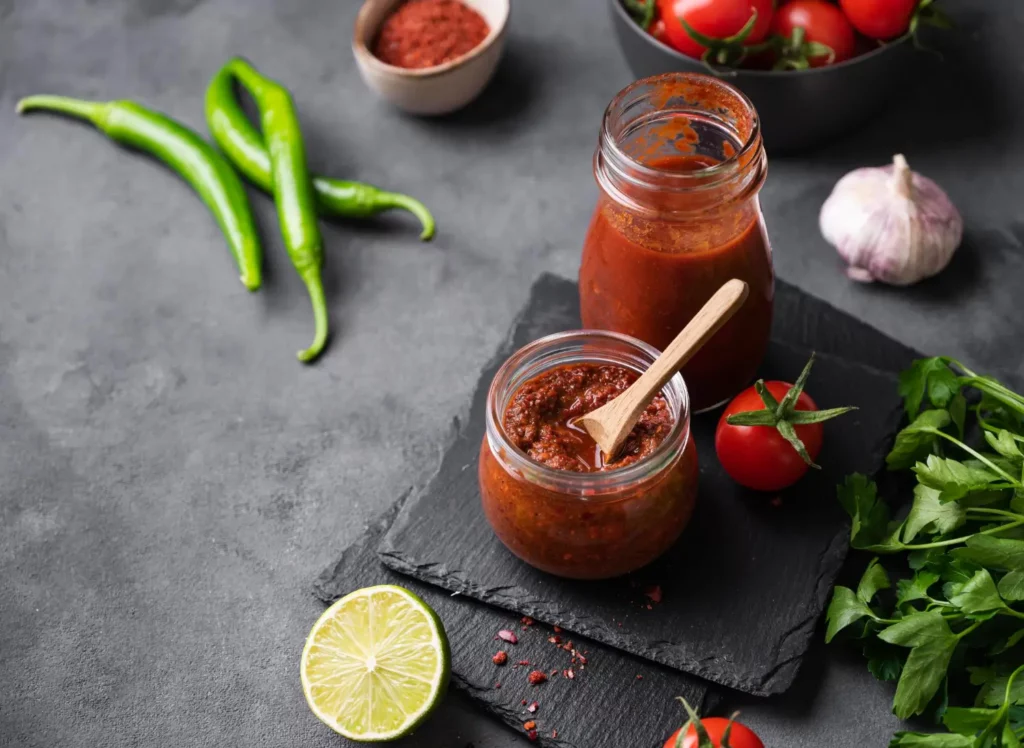


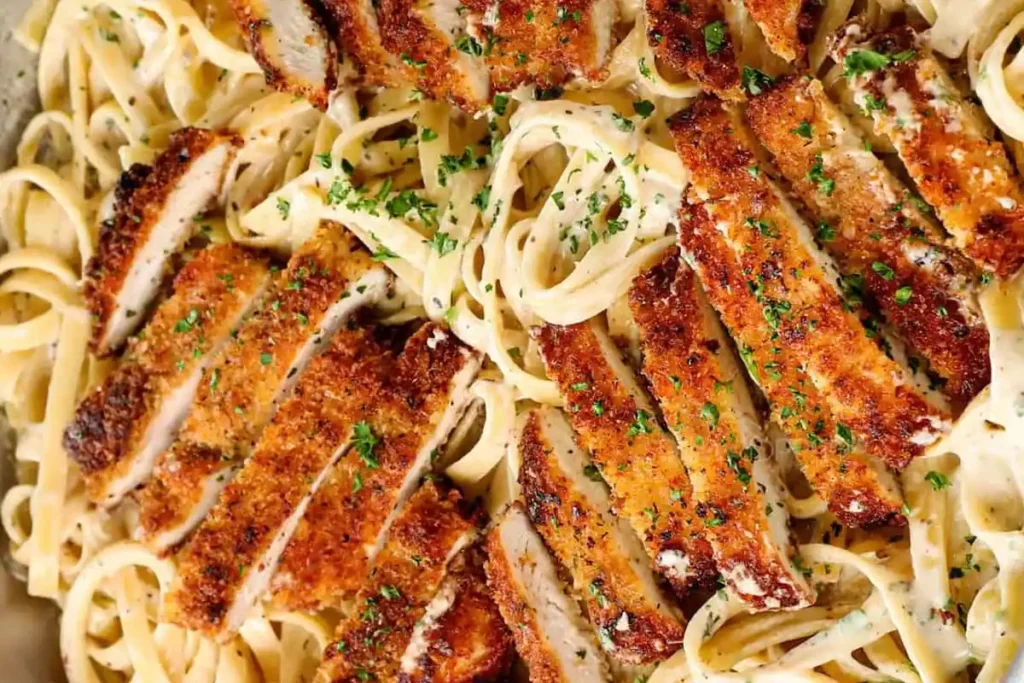
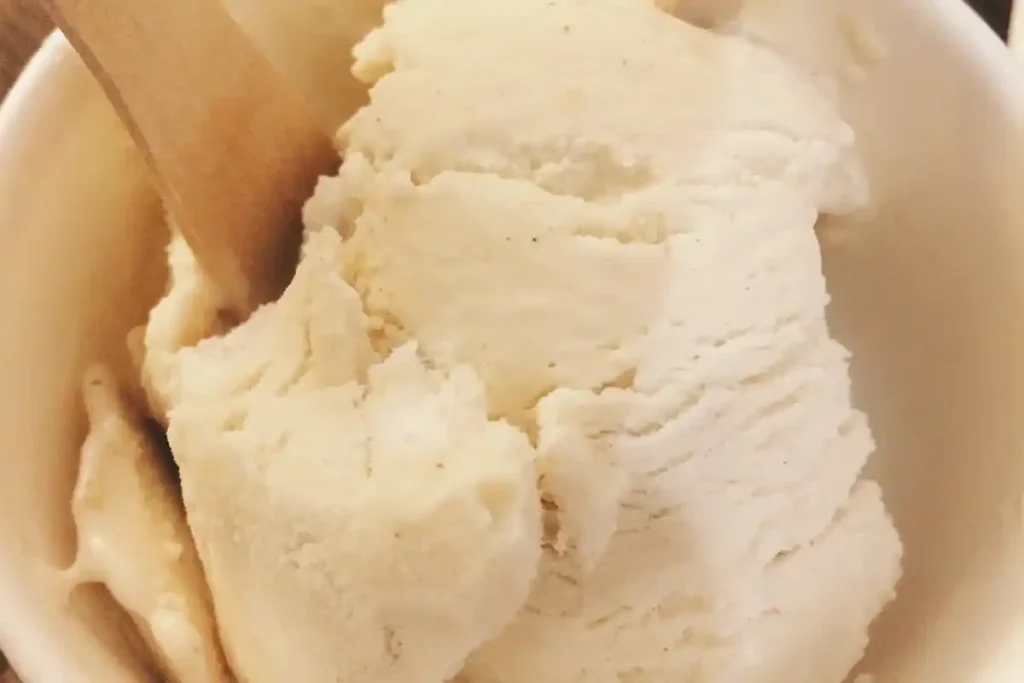

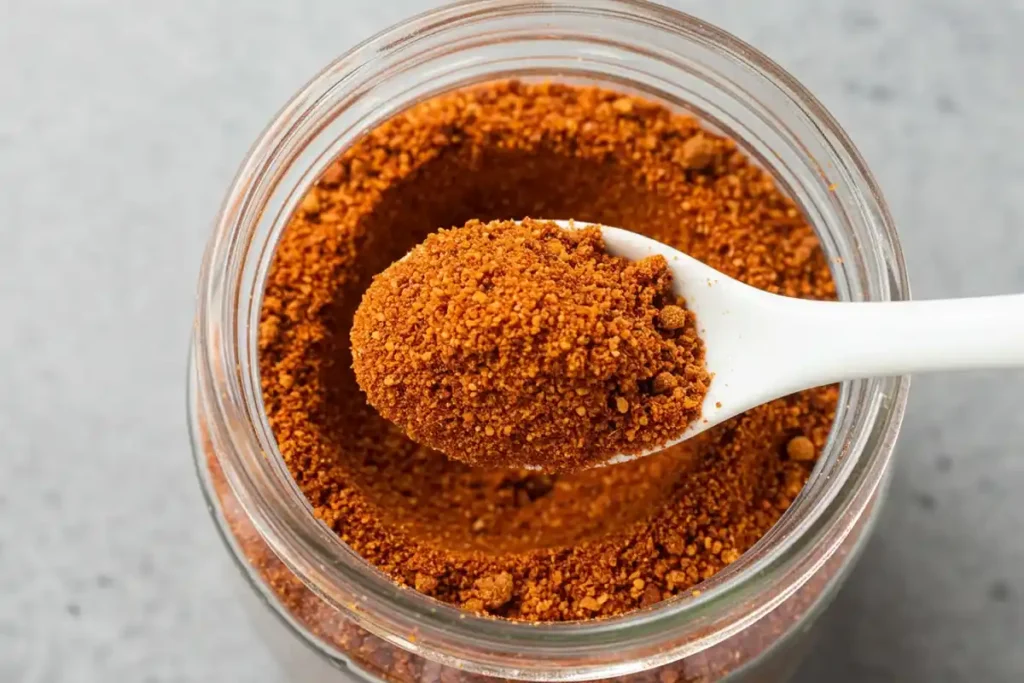
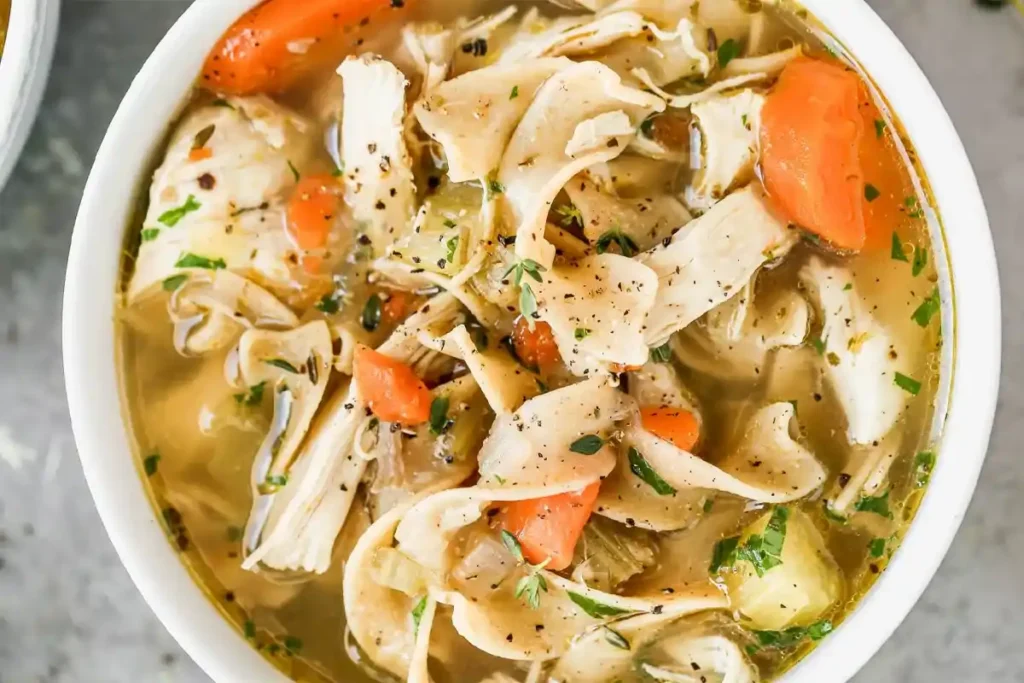
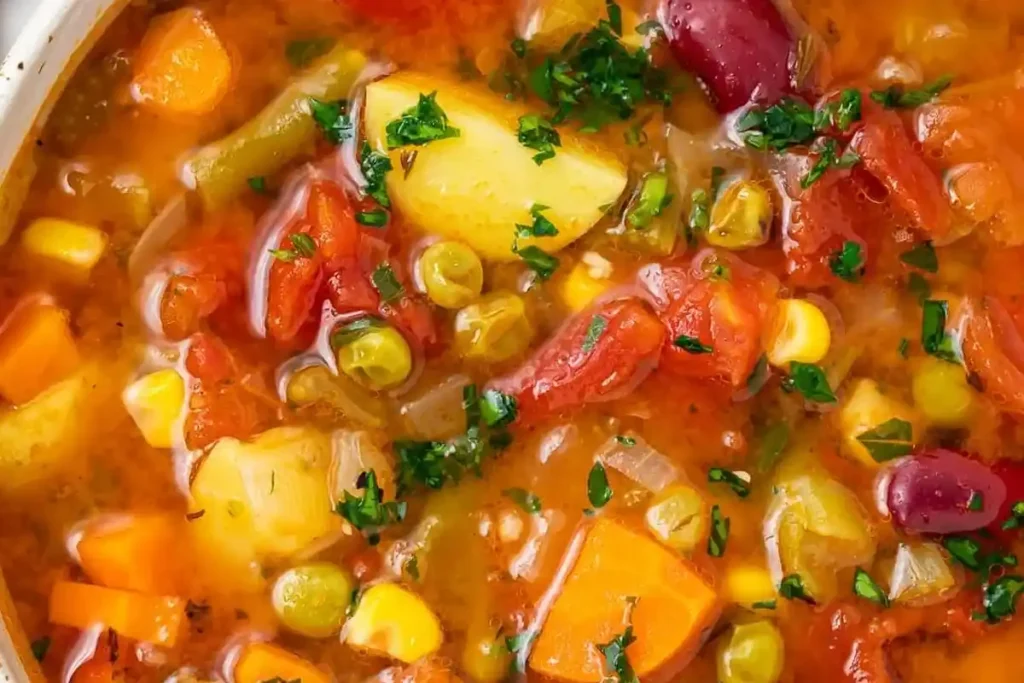
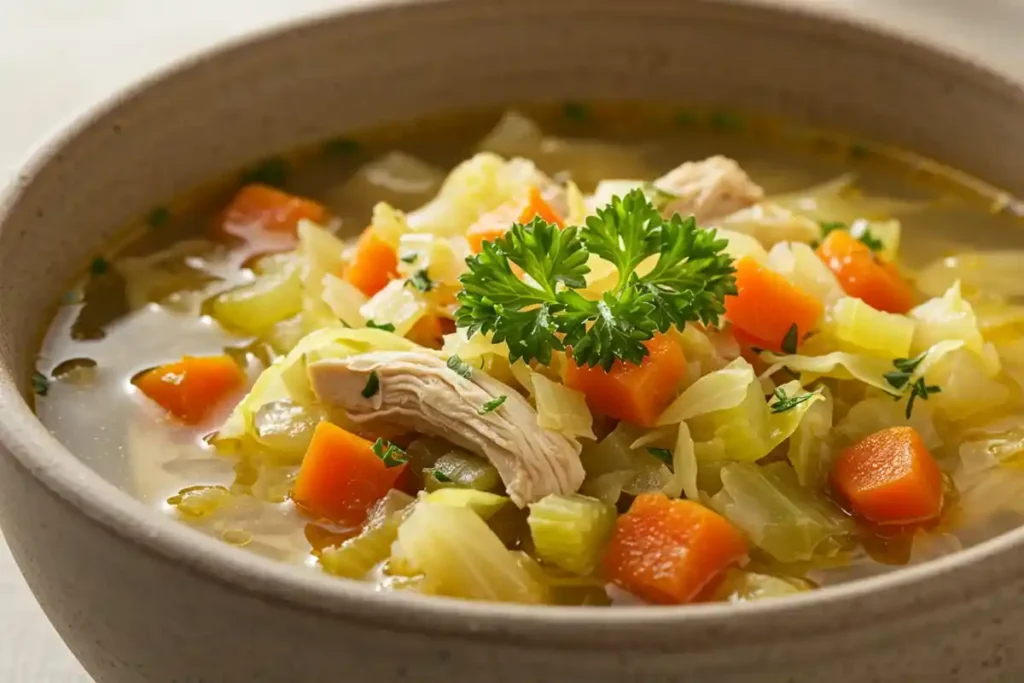


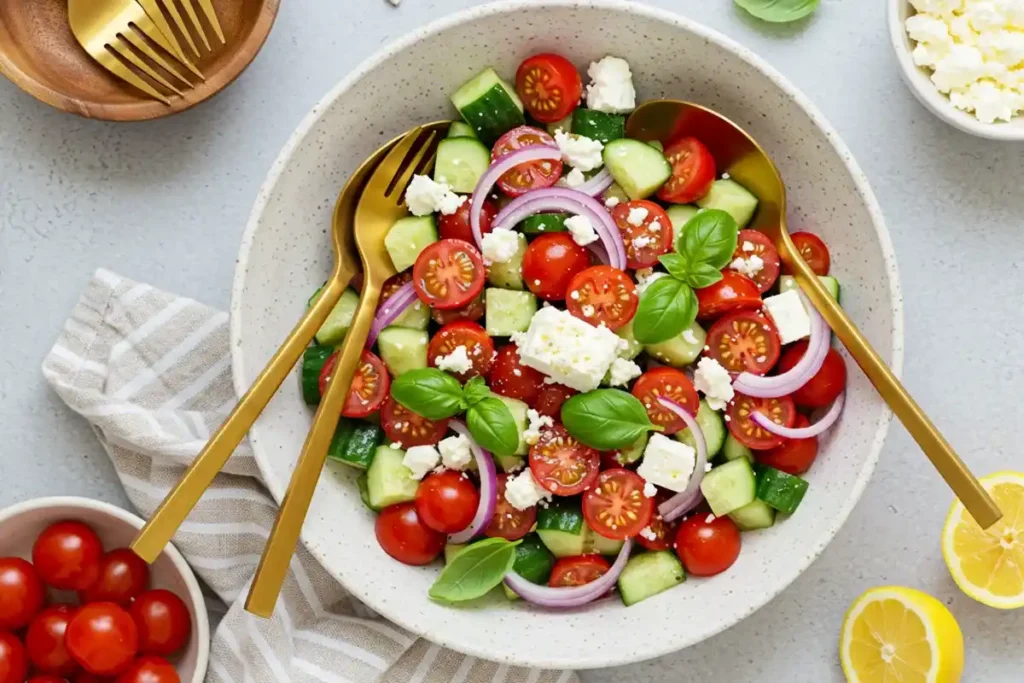


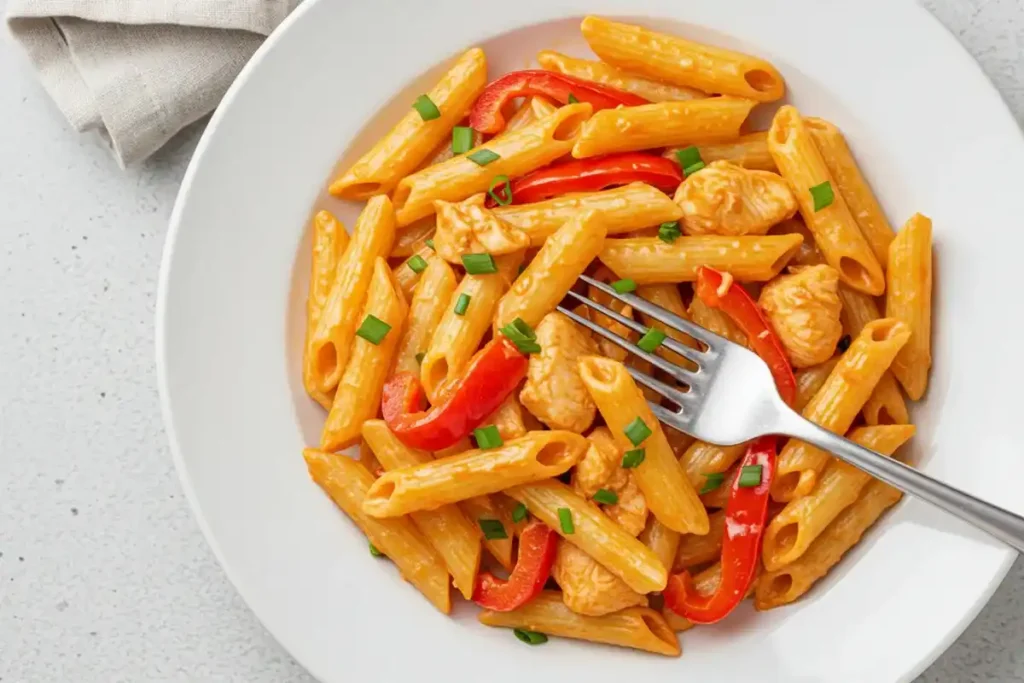
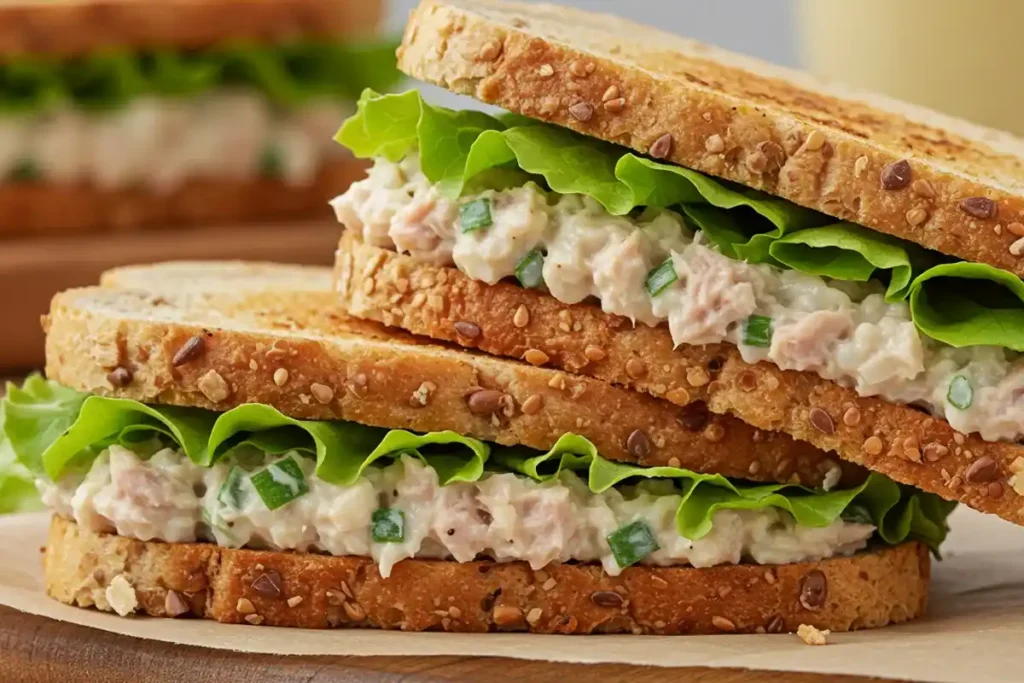
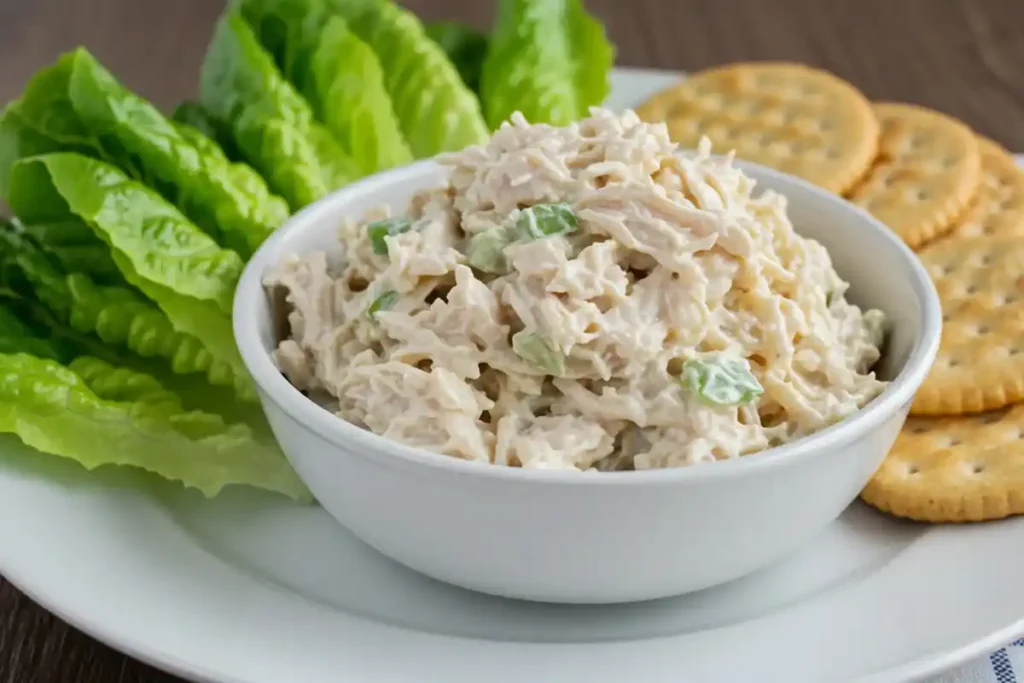
1 thought on “Authentic Salsa Macha Recipe: Bold and Smoky Chili Oil”
Comments are closed.